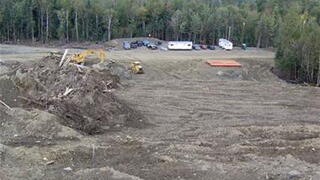The D.C. Circuit Court of Appeals has granted the Trump Administration’s request...

A new program called the Thriving Earth Exchange (TEX) is helping local governments with a variety of sustainability challenges.

This describes activities, best practices, and achievements of sustainable communities created through a comprehensive, integrated approach supported by inclusive engagement.

This describes activities, best practices, and achievements of sustainable communities created through a comprehensive, integrated approach supported by inclusive engagement.

This describes activities, best practices, and achievements of sustainable communities created through a comprehensive, integrated approach supported by inclusive engagement.

This describes activities, best practices, and achievements of sustainable communities created through a comprehensive, integrated approach supported by inclusive engagement.

This describes activities, best practices, and achievements of sustainable communities created through a comprehensive, integrated approach supported by inclusive engagement.

This describes activities, best practices, and achievements of sustainable communities created through a comprehensive, integrated approach supported by inclusive engagement.

This describes activities, best practices, and achievements of sustainable communities created through a comprehensive, integrated approach supported by inclusive engagement.
